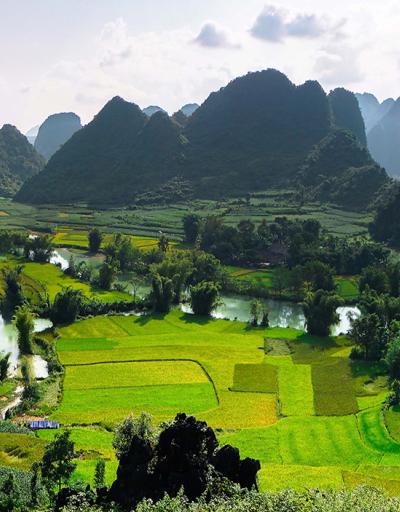
Origin, distribution and biogeochemistry of arsenic in the Altiplano-Puna plateau of South America
According to the World Health Organization, in 2018, approximately 140 million people from 50 countries were exposed to drinking water containing arsenic (As) levels higher than the recommended limit (> 10 μ/L). In South America, the second highest plateau on Earth referred to as the “Altiplano-Puna”, which encompasses areas of Argentina, Bolivia, Chile, and Perú, exhibits high As concentrations in water that could be affecting 3 million inhabitants.
Using an interdisciplinary approach, the proposed international collaborative research will investigate specific sites within the Altiplano-Puna plateau of Argentina, Bolivia, and Chile to better understand:
- the origin of arsenic
- its geochemistry and mobility
- its distribution in the environment
- its effects on the local community and unusual biodiversity
Human health, the environment, as well as scientific insight will benefit from this research. Moreover, the results and interpretations of this proposed research will have substantial applicability to other regions of the world that experience elevated aqueous As concentrations.
Key information
Duration
2019-2023
IGCP Theme
Hydrogeology
Project Leader
Geologist, geochemist, researcher, Institute of Bio and Geo Sciences, CONICET, Argentina.
Highlights
Arsenic webinar series
IGCP 707 members run a yearly webinar series, providing insights on topics related to the origin and geochemistry of arsenic as well as its effects on human health, remediation technologies, and case studies from around the world. Find the series below:

International course
In October 2023, IGCP 707 team members participated in the organisation and delivery of an online course on "Water geochemistry evaluation of health effects: from the field to the laboratory".
Topics included:
- General importance of water sampling and analysis
- Water sampling
- Field methods for sampling natural streams, rivers, lagoons and groundwater
- Considerations for analytical laboratory work
- Field methods for sampling biological matrices (urine, blood)
- Laboratory methods for analysis, and more.
Publications
This project was developed with the generous financial support of the Jeju Province Development Co. (JPDC).

